Last summer, I completed my first field season at the Los Amigos Biological Station. My research focused on sampling and identifying dung beetles across a variety of habitats. As an avid birder and student of ornithology, I spent my time off birding, and quickly realized I wanted to come back to the station to complete another project focusing on the birdlife there.
Author: dcadmin
Global Big Day Results: Breaking Records and Finding New Species!
Global Big Day took place earlier in May, and our teams of expert local and international birders took full advantage of our three lodges to find a whopping number of birds in a single day.
Living in “sympatry” with sympathy: a story of tamarins at Los Amigos!
Their long and sometimes prehensile tails, and their capability to climb and jump among tree branches are a few of the key features of Neotropical primates. These highly arboreal organisms are perhaps one of the most charismatic groups in a tropical forest. Los Amigos harbors eleven primate species, from the largest and highly vulnerable spider monkey (Ateles chamek) to the smallest and very rare Goeldi’s tamarin (Callimico goeldii).
MAAP #86 Colombia: Chiribiquete – Deforestation Hotspots in The Colombian Amazon, Part 3
We present our third report* in a series investigating deforestation hotspots in the Colombian Amazon. Here, we focus on the “Chiribiquete-Macarena” hotspot, located between the Chiribiquete and La Macarena National Parks.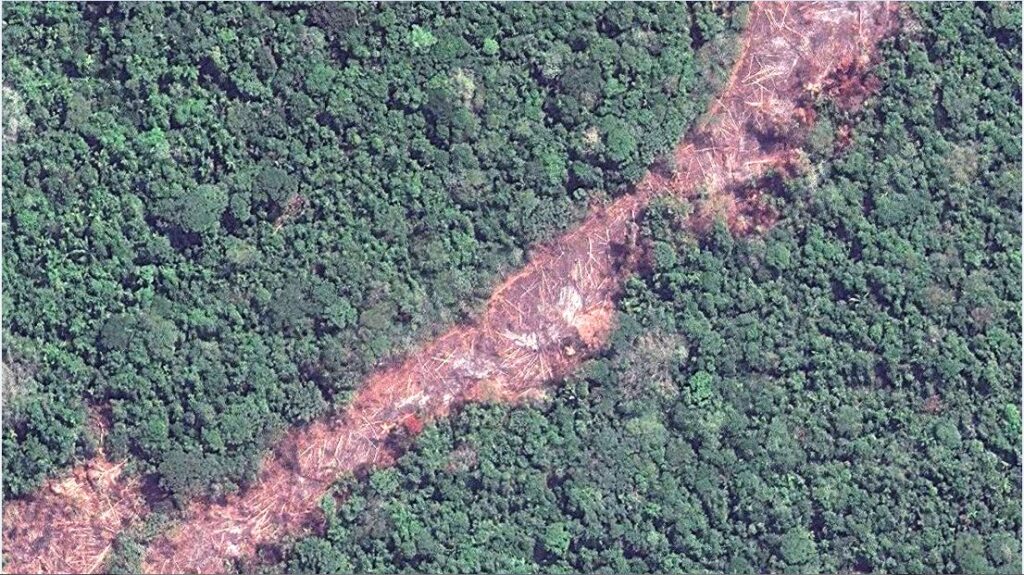
The Colombian government is finalizing plans to expand the boundaries of Chiribiquete National Park, an important step for conservation. However, we show (with high-resolution images) that deforestation is surging in the area and rapidly expanding towards these new boundaries. In fact, in 2018, deforestation has entered the newly expanded park.
MAAP #86: Deforestation Hotspots in the Colombian Amazon, part 3: Chiribiquete-Macarena
Unveiling the presence of the rare Grey-bellied hawk at Los Amigos

The Grey-bellied hawk (Accipiter poliogaster) is a rare diurnal raptor of the Accipitridae family and is distributed throughout the Neotropics. BirdLife has it listed as a “near threatened” bird and, despite their wide distribution, it is one of the least known of the raptors. In Peru, it occurs in the eastern side of the country, mostly in lowland tropical forests, and has been also reported along forest edges, and fragmented forest. Since 2015, birders at Los Amigos have been able to observe and admire the beauty of this raptor. This represents a unique opportunity to learn and increase the scarce knowledge about this species. In this note, we recapped A. poliogaster sightings at Los Amigos (LA).
In June of 2015, a Peruvian researcher specializing on raptors (R. Piana), found a juvenile A. poliogaster hunting at the forest edge near the Los Amigos River, at LA. The following year, September of 2016, Fernando Angulo (LABO Advisory member) and R. Piana located a reproductive pair defending their territory located ~1 km away from the station. Both individuals were sighted in the same location on consecutive days after the first encounter. On April of last year, a Peruvian bird guide, identified a juvenile of this species around LA garden, close to the territory identified the previous year. Lastly, on mid-April of the present year (2018), two juvenile individuals were located on a nest situated on an emergent tree and in the same territory of the reproductive pair previously identified. These events prove that A. poliogaster is breeding and nesting within the Los Amigos Biological Station, making this place a unique study site for this species.

The first recorded observation of the reproductive behavior and biology of A. poliogaster were described in Southern Brazil few years ago, where an adult female was observed incubating two eggs and an adult male was actively hunting. Only one nestling survived, and after ~49 days post-hatching the nestling left the nest. The fledging was fed by the female for ~90 days post-hatching. Given the importance of raptors in Neotropical forest, and LABO’s goal to increase the knowledge and conservation efforts of Neotropical avifauna, one of our Franzen fellows, Igor Lazo, will be assessing the ecology and natural history of A. poliogaster at LA, being the first study of this species in Peru. The information coming out from this project will create a firm foundation for further research on the Grey-bellied hawk!
For more references:
Boesing, A.L., Menq, W., Dos Anjos, L. 2012. First description of the reproductive biology of the Grey-bellied hawk (Accipiter poliogaster). The Wilson Journal of Ornithology, 124(4): 767-774.
Science Magazine Combating Deforestation: from Satellite to Intervention
A new policy article entitled “Combating deforestation: From satellite to intervention” was just published in Science, one of the leading journals in the world.
The authors include members of Amazon Conservation, World Resources Institute (Global Forest Watch), and Planet.
We first describe how rapidly improving satellite technology has created an unprecedented moment for near real-time monitoring.
Growing up in the rainforest: A Razor-billed curassow chick growth captured by a camera trap for over a month!
The razor-billed curassow (Mitu tuberosum) is one of the largest species of cracids (Galliformes:Aves) and a relatively uncommon bird in western Amazonian rainforest because of their low reproductive rates and highly vulnerable status due human disturbances such as hunting and habitat loss. These permanent threats have already driven one of the 24 species of Cracids, the Alagoas curassow (Mitu mitu), considered for many years a geographic variation of Mitu tuberosum, to extinction in the wild. Cracids’ presence is considered an indicator of healthy forests where hunting is absent or low, allowing them to play important ecological roles as seed dispersers and seed predators.
Los Amigos harbors 4 species of cracids, such as the Speckled chachalaca (Ortalis guttata), the Spix’s guan (Penelope jacquacu), Blue-throated piping guan (Pipile cumanensis), and the Razor-billed curassow (Mitu tuberosum), all of which have diurnal and terrestrial behavior. Camera traps have become an important tool to monitor and obtain ecological information about terrestrial birds. At the beginning of this year, LABO’s cameras registered the presence of a Razor-billed curassow chick, and what we believe to be its growth during a time lapse of over 40 days.
On January 4, one of our camera traps deployed in the interior of a bamboo patch captured the presence of two razor-billed curassows. The images indicate the occurrence of, perhaps, an adult male and female, based on the physical traits, specifically the size of their bills since males have a larger bill formation compared to females. Two weeks after, one individual was registered with a chick, walking right under the long terminal tail of the adult. The chick presented dark feathers, mostly black and brown coloration with some lighter patterns throughout the body and head, and a white belly. The characteristic laterally compressed and bright red bill of this species was not yet developed. After 42 days, the camera captured an adult individual with a visibly grown nestling walking again under the adult’s tail. Could it had been the same chick captured more than a month before? Perhaps yes! This time the immature offspring had body plumage coloration similar to an adult, mostly black, except the head; and the red bill was also noticeable, but not fully developed. In the video, the adult individual was feeding its offspring, confirming the probability of being the mother.
The razor-billed curassow, locally known as “paujil,” is a commonly hunted cracid in Amazonia. Despite the IUCN Red List considering it as “least concern”, there are not many studies or available literature that describes its biology and/or ecology. More studies on their population size, reproductive behavior, breeding and nesting information, are required to determine their current status. Cracids, in general, lay on average two eggs every year; hatchlings are exposed to high mortality rates during their first year, and reach maturity after the third year! This is a fairly long maturation period, but the wait is worth it just to admire a beautiful large terrestrial bird like the razor-billed curassow!
What are your guesses? Could this camera be showing us the growth of the same curassow chick?
MAAP #85: Illegal Logging in The Peruvian Amazon, And How Satellites Can Help Address It
We propose a new tool to address illegal logging in the Peruvian Amazon: using cutting-edge satellites to monitor logging road construction in near real-time.
Illegal logging in the Amazon is difficult to detect because it is selective logging of individual valuable trees, not large clear-cuts.
However, a new generation of satellites can quickly detect new logging roads, which in turn may indicate the leading edge of illegal logging.
Here, we analyzed satellite imagery to identify all new logging roads built in the Peruvian Amazon over the past three years (2015-17).
We then show how it is possible to track logging road construction in near-real time, using three satellite-based systems: GLAD alerts, Sentinel-1 (radar satellites), and Planet (optical satellites).
MAAP #84: New Threats to The Peruvian Amazon (Part 1: Yurimaguas-Jeberos Road)
The efforts and international commitments of the Peruvian Government to reduce deforestation may be compromised by new projects do not have adequate environmental assessment.
In this series, we address the most urgent of these projects, those that threaten large areas of primary Amazonian forest.
We believe that these projects require urgent attention from both government and civil society to ensure an adequate response and avoid irreversible damage. For example, in the case below, it is not known whether there is an environmental impact study.
The first report of this series focuses on a new road (Jeberos – Yurimaguas) that threatens a large expanse of primary forest in the northern Peruvian Amazon (see Image A).
Global Big Day 2018: Peru won second place, but we set some records ourselves!
Birds are stunning animals, and are able to bring groups of people together to share the same passion: birdwatching! On May 5th, I experienced perhaps one of the most exciting and inspiring events of my life. From the organization, advertising and planning of more than 500 teams and more than a thousand of people throughout Peru, to the enthusiasm and big expectations of our team at Los Amigos. This Global Big Day (GBD) triggered a competitive, healthy contest among countries, regions, cities and remote locations throughout the world with the incredible objective of increasing the knowledge and valuing birds of all species and the importance of their and their habitats conservation. Peru gained second place globally with 1490 species registered in 24 hours, while Colombia won first place with 1542 species. A difference of only 52 birds!
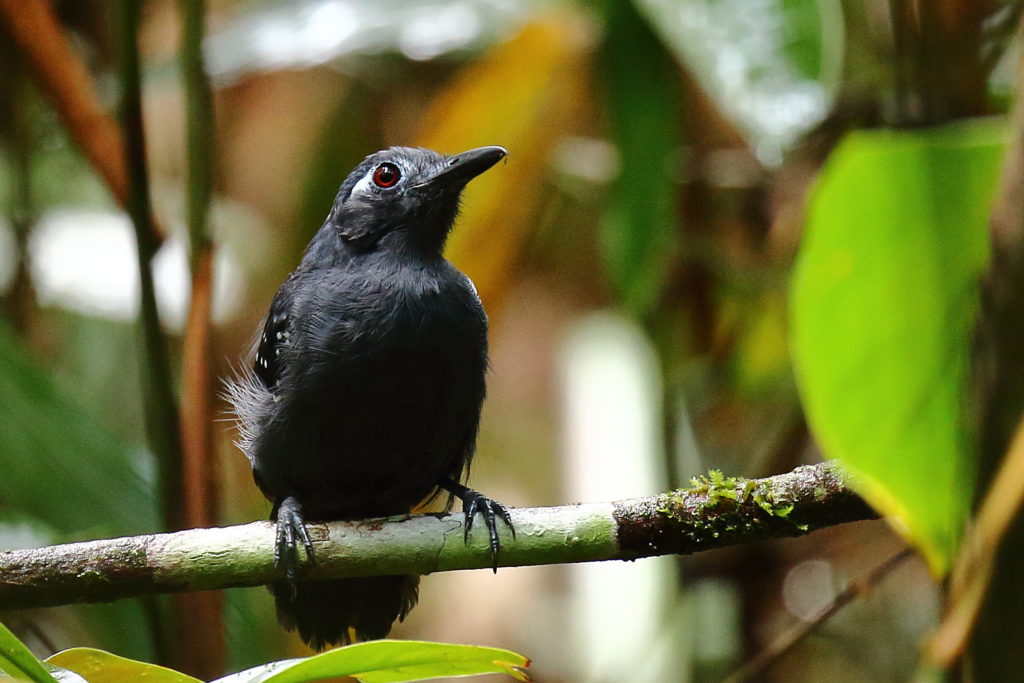
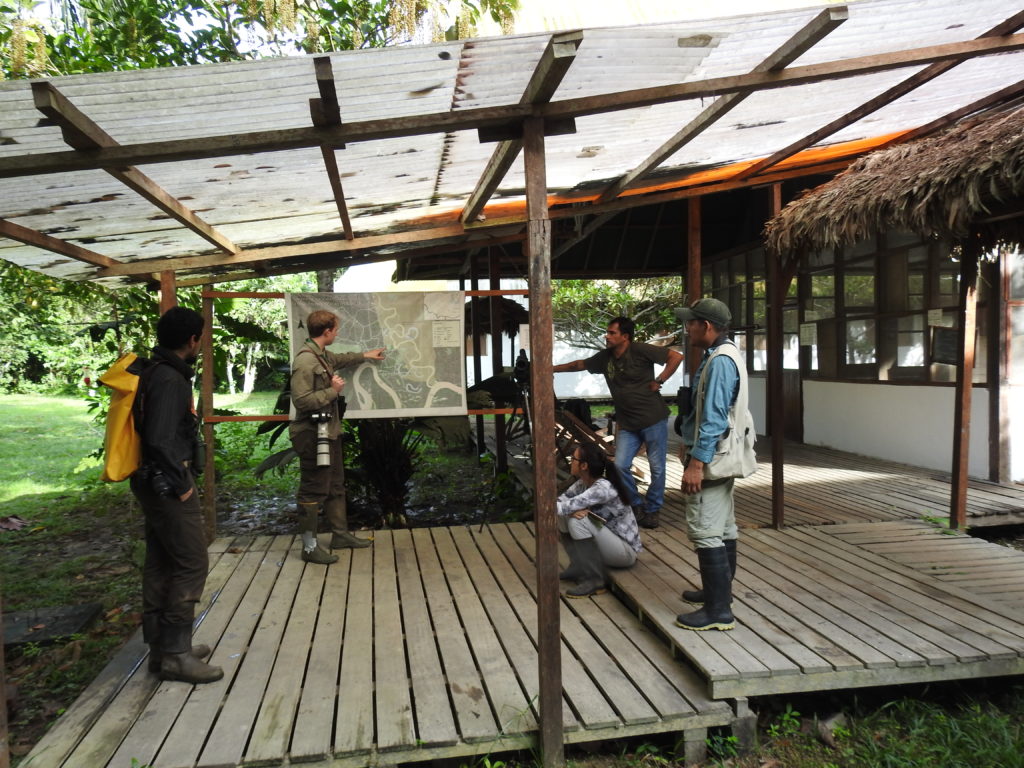
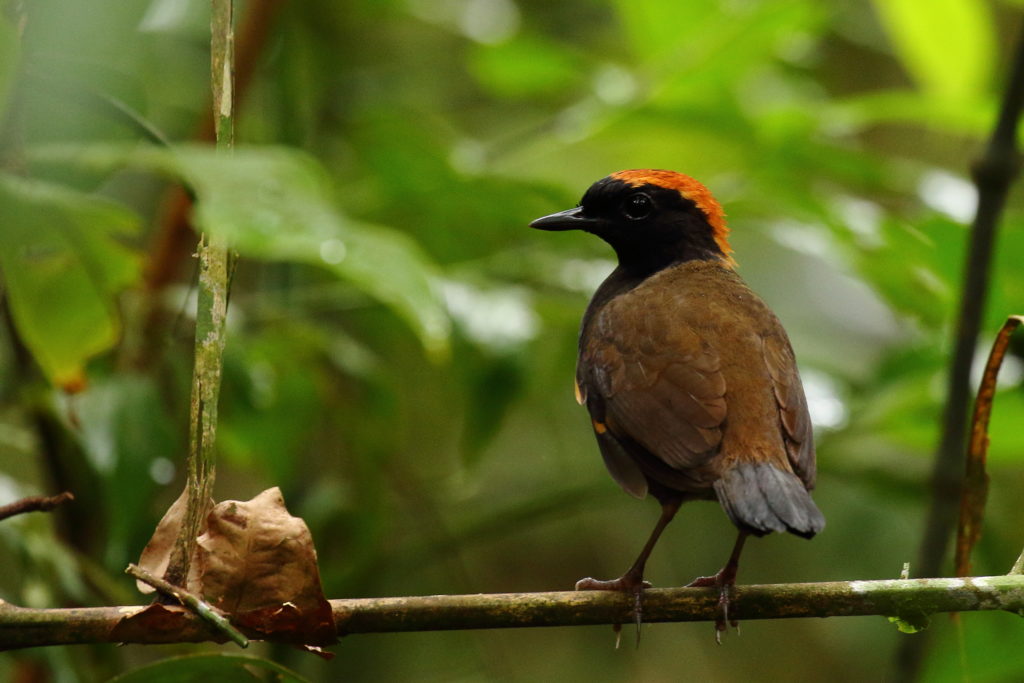
On May 5, Los Amigos strategy…
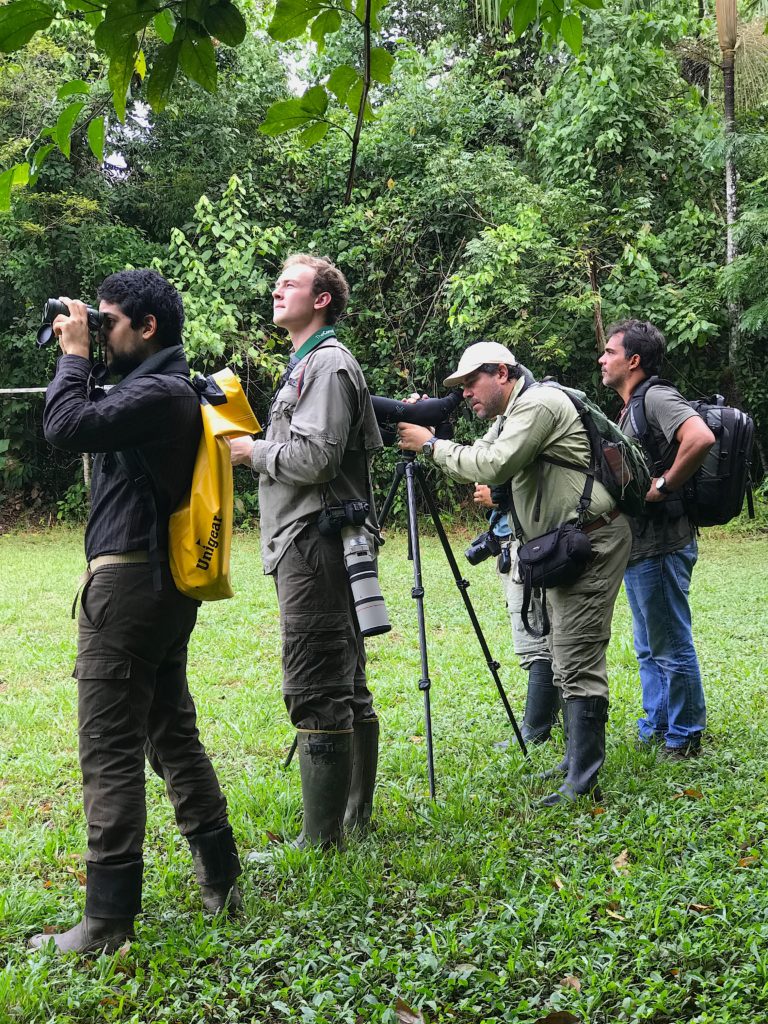
Los Amigos has a diverse array of habitats, making this forest a unique place for birdwatching and for any passionate naturalist who is looking for those rare or endemic birds. Due to this mosaic landscape, our team, which was led by three expert birders (read our last note), aimed to cover the largest variety of habitats throughout the Big Day. We started before dawn, splitting our team in two: one group walking through terra firme forest, bamboo patch, and the airstrip, and the other going through floodplain, secondary forest, and Cocha Lobo oxbow lake. Before the sunrise, a thick morning mist covered the enchanted Amazonian forest allowing us to hear the calls of the Barred-forest falcon, Amazonian motmot, while we were also able to appreciate the gorgeous display of a Blue-crowned manakin male, among others. Close to noon, the heat and sunlight was intense (as usual), and was followed by the silence of Amazonian birds. After a quick lunch, we got back to the trails and this time our two teams switched trails covering the same habitats done in the morning plus river edge forest along the Madre de Dios River. The day before the GBD was very rainy, causing the beaches along the river to disappear the following day. Despite that, we were still able to register shorebirds such as the Great egret, the Ringed Kingfisher, and others.
Within less than 452 ha (Los Amigos Biological Station total area), and after more than 13 hours and 20 km walked, we ended our Big Day with a total of 299 bird species, including some noteworthy birds such as the Black-faced cotinga, Pale-winged trumpeters, Long-crested pygmy tyrant, Blue-headed macaws (to check the complete list, check our eBird hotspot in the following link: https://ebird.org/hotspot/L492606?m=5&yr=cur&changeDate=Set). Proud of our record, we are happy to announce that Los Amigos and its team members (Fernando Angulo and Alex Wiebe) are included among the first 10 Top eBirders in Peru with more than 250 species registered, demonstrating that this place is a real birding paradise. However, more than the numbers and the winners, this past GBD 2018 will be remembered by the passion, cohesion, increasing interest and participation of thousands of Peruvians, including bird guides, biologists, but also citizens not related with this field that got together to support a magnanimous environmental cause. As Fernando Angulo, LABO Advisory Member and team member of Los Amigos GBD, said: “Peruvian birders: we have won ourselves and the objective for this GBD has been surpassed. Peru had registered 160 more species than 2017.”
And we know that we can do more! Keep it up, birders around the world!

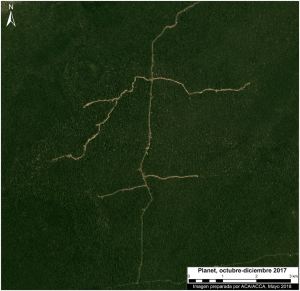
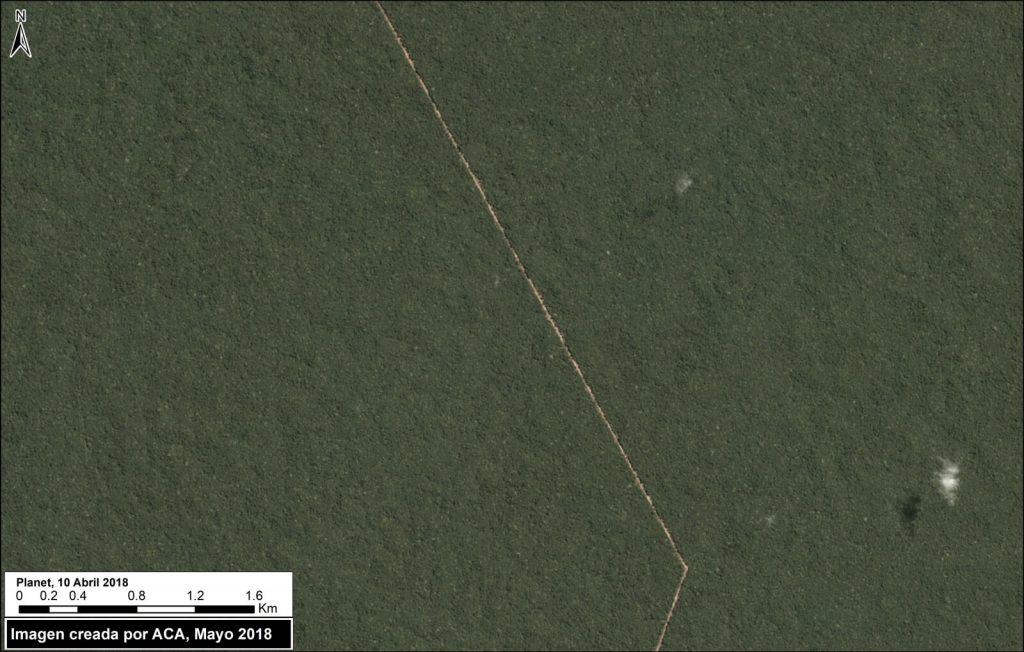
